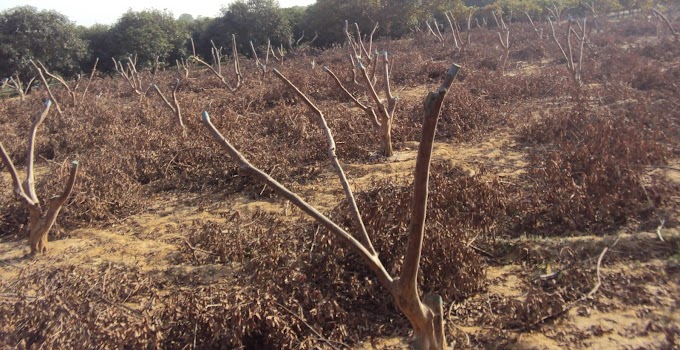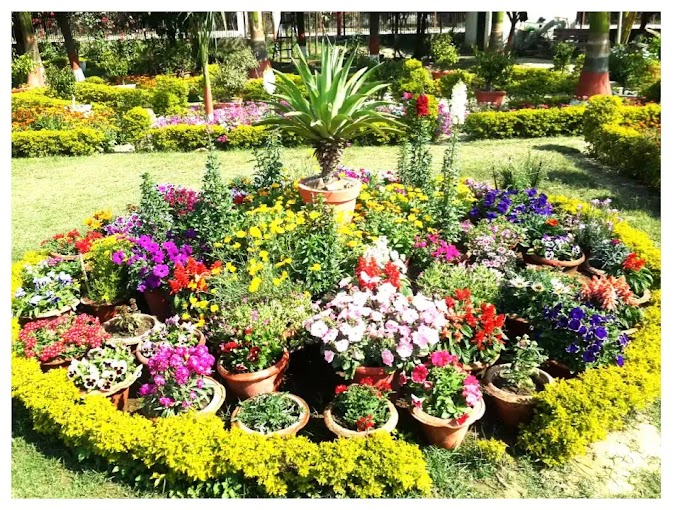Table of Content (toc)
Methods of vinegar Preparation
Vinegar can be produced by different processes. The demands for large amounts of the vinegar require speedy and efficient industrial fermentation to meet the demands. Many vinegar preparation processes have been developed to accelerate the production of vinegar through speedy oxidation of ethanol into acetic acid in the presence of acetic acid bacteria. The following processes have been developed for vinegar making:
- Home process
- Surface culture or Let-alone process
- Orleans process
- Quick process or Generator process
- Submerged culture process
Home process
The fruits like jamun, grapes, apple, pear, peach, plum, fig, oranges and honey, sugar syrup as well as hydrolysed starchy materials can be used for vinegar making. The ripe fruits are selected , cleaned with water, crushed or cut into pieces and blended by a mixer. If the material is starchy pectic enzyme @ 50 mg/kg is added and after 10 hours the extract is strained through muslin cloth. The TSS of the extract is adjusted to 12% by adding water or sugar. The extract is boiled to kill the wild yeast and other microorganisms and filled into a container up to ¾. The juice is cooled to room temperature and pure yeast starter is added @ 20g/ 20 L juice and the mouth of the container is plugged with cotton or cheese cloth so that CO2 formed into the container can escape to the atmosphere. The alcoholic fermentation completes within a week at about 26-280C temperature. The cleared liquid is syphoned off and poured into another container up to ¾ volume of the container. The alcohol content is adjusted to 7-8% by diluting with water then unpasteurized mother vinegar is added in 1: 10 ratio. The vinegar bacteria form a film at the surface of liquid and oxidised ethanol into acetic acid at 26-280C. The film should not be disturbed during the fermentation process. Fresh vinegar is turbid liquid and raw, biting in taste. Its further processing includes filtration, clarification and pasteurisation. The cleared vinegar is bottled and pasteurised in hot water at 740C for 10 minutes. The ready vinegar is stored for use.
Surface culture or Let-alone process
It is a slow process of vinegar making that is also known as Home process. The acetic acid bacteria are allowed to grow and form a surface film in the barrel or vessel partially filled with vinegar stock. The vinegar is taken out after fermentation and the vessel is refilled with vinegar stock for the next batch. In the process the surface film of bacteria is disturbed and has to be reformed in each batch. The formation of surface film needs time and wastefully consumes fermentable substances each time.
Orleans process
It has been used in the Orleans region of France since 1670 and is also called the French process of vinegar making. It is a traditional semi-continuous slow process but best to produce fine quality table vinegar of excellent flavour. The need to reform surface film and wastage of substrates as in the surface culture process are overcome in the Orleans process. The wood barrels called casks are used in the process. A pipe with a funnel is fitted through the top of the barrel and the lower end of the pipe rests into liquid at the bottom. The upper mouth of the pipe is covered with cotton to prevent the insect entry. The pipe is used to add the fresh vinegar stock without disturbing the surface film. The air holes covered with cheese cloth are made in the wall of the barrel above the liquid level for air circulation. A level indicator to indicate the liquid level in the barrel and tap to drain out the ready vinegar from the barrel are also fitted in the casks. The wood barrels are filled with alcohol fermenting liquid to approximately ¾ full but level of the liquid is kept about 5 cm. below the air holes. The liquid should have about 20-25% fresh vinegar (mother). The liquid is allowed to ferment for about 1 to 3 months at 24-270C. Then 1/3 vinegar is drawn off and an equal amount of alcohol fermenting liquid is added through a funnel for acidification. The process is repeated till needed.
Quick process or Generator process
The process was called trickle method of vinegar making earlier. The quick process was developed by German chemist Schutzenbach in 1832 and since then it is used for commercial vinegar production. The generator used for fermentation is a fixed bed microbial film reactor in which a thick slim coating of bacteria grows around a non-compacting material like beech wood shavings, charcoal or coke packed into large upright wood tanks above a perforated wood grating floor. The re-circulating fermenting liquid trickles over the packing toward the bottom whereas air moves from the bottom toward the top through air holes. The rate of vinegar production depends upon oxygen availability because air supply controls the oxidation of ethanol into acetic acid. Both acetic acid production and generator temperature are directly proportional to the air supply. The process takes about 3 to 7 days to complete. The 2/3 of ready vinegar is drawn off from the generator and fresh fermenting liquid is poured into the generator slowly until desired level for fermentation. The optimum temperature for a quick process is 30 to 320C.
Submerged culture process
The many methods of submerged culture process such as Frings Acetator, Yeoman’s Cavitator, Bourgeois Process, Fardon Process and Vinegator Process have been developed making vinegar at industrial scale. The submerged culture process provides congenial conditions like aeration, stirring and temperature control required for speedy acetification of vinegar stock. The fermentors used in the process are fitted with a thermostat and cool device to control the temperature, aerator and pump to aerate and stir the fermenting liquid. The mash is stirred and aerated frequently to speed up the acetification process. The acetic acid bacteria are most sensitive to O2 and acetification rate decreases if bacteria are deprived from O2 even for a short period. An interruption of O2 supply even for 1 minute or more completely stops the acetification and there is no recovery even when full aeration is resumed in the process. The ½ of the liquid is pumped off from the fermentor when 0.1-0.3% (v/v) ethanol is left in the liquid to oxidise into acetic acid and empty ½ volume is filled with fresh vinegar stock for further oxidation. The submerged culture process is faster but needs higher capital investment.
Vinegar uses
Vinegars are used in salad dressing, ketchup and sauces making and in Chinese dishes. Vinegar is also used in pickle preparation particularly in instant pickles. The spiced vinegars are eaten with chapati prepared from coarse grains and has become a part of modern cooking. The jamun vinegar is supposed to be of medicinal importance and used in diabetics.
Vinegar problems
Growth of lactic acid bacteria
Vinegar quality lowers if the lactic acid bacteria grow in fermented mash. The bacteria cause cloudiness, disagreeable mousy flavour and interfere with acetic acid fermentation. The problem can be controlled by adding a starter of pure yeast for alcoholic fermentation and mother vinegar or unpasteurized vinegar for acidification of ethanol.
Wine flavour
If the fermented juice is unnecessarily exposed to air a kind of yeast film grows on the surface of the liquid that causes cloudiness. The problem can be controlled by spreading of neutral oil or liquid paraffin wax over the surface of the fermented liquid, adding 20-25% unpasteurized vinegar and filling the barrels to the brim; these measures minimise the exposure to air.
Vinegar insects
The vinegar fly (Drosophila cellairis) propagates on the rotten fruits and vinegars. Although the vinegar flies cannot destroy the quality of vinegar yet they act as a barrier during fermentation. The vinegar eels, vinegar Louse and vinegar mites are the other undesirable insects of vinegars. The vinegar insects’ problem can be avoided by maintaining proper sanitary conditions.
Types of Vinegar (link)









